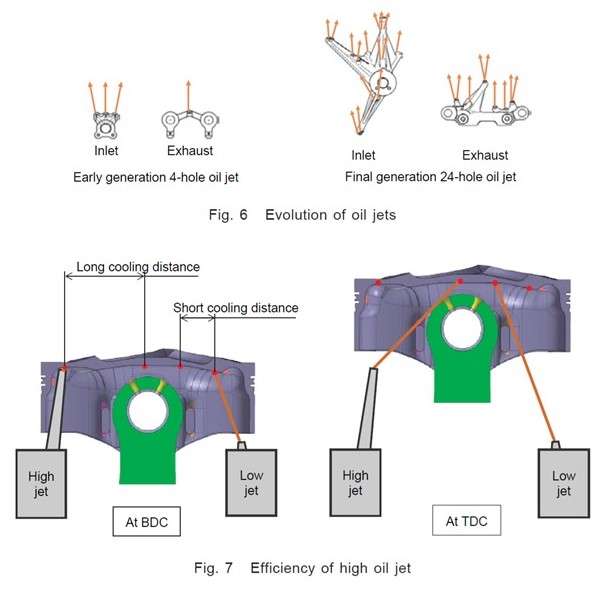ACRO wrote: ↑28 Apr 2019, 11:03
thanks much for the info ! do you have the bore of the cosworth cr3 v10 ( ck family ) ?
Cosworth CR-3 (external designation) CK family (internal designation) = CK 2001 used by Jaguar R2.
Cosworth CR-3 (external designation) CK family (internal designation) = CK 2002 used by Jaguar R3. "from Canada CR-4 (external designation) LK 2002 family (internal designation).
Cosworth 2005 TJ005 (external designation) TJ 2005 (internal designation) used by Red Bull RB1, this was series 10 engine, had a 95mm bore and a stroke of 42mm.

